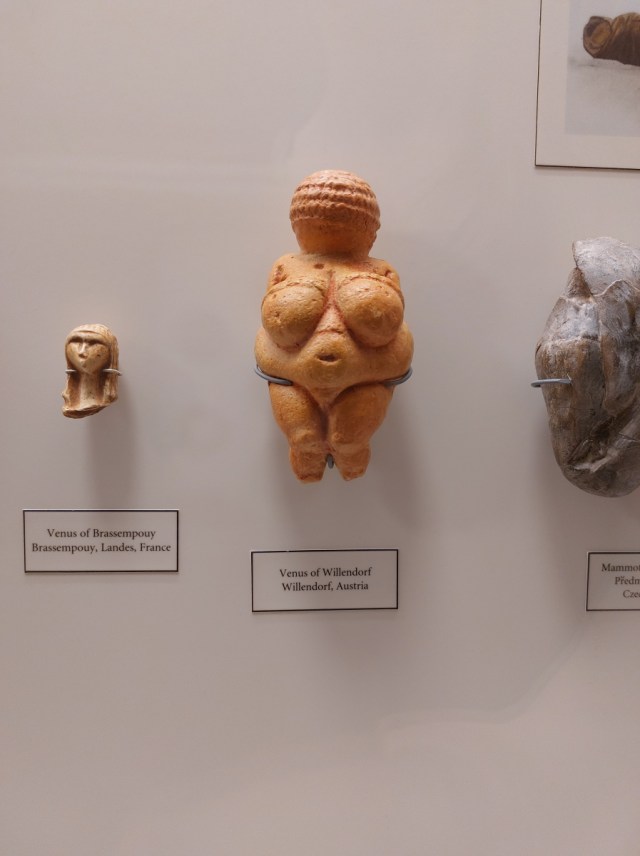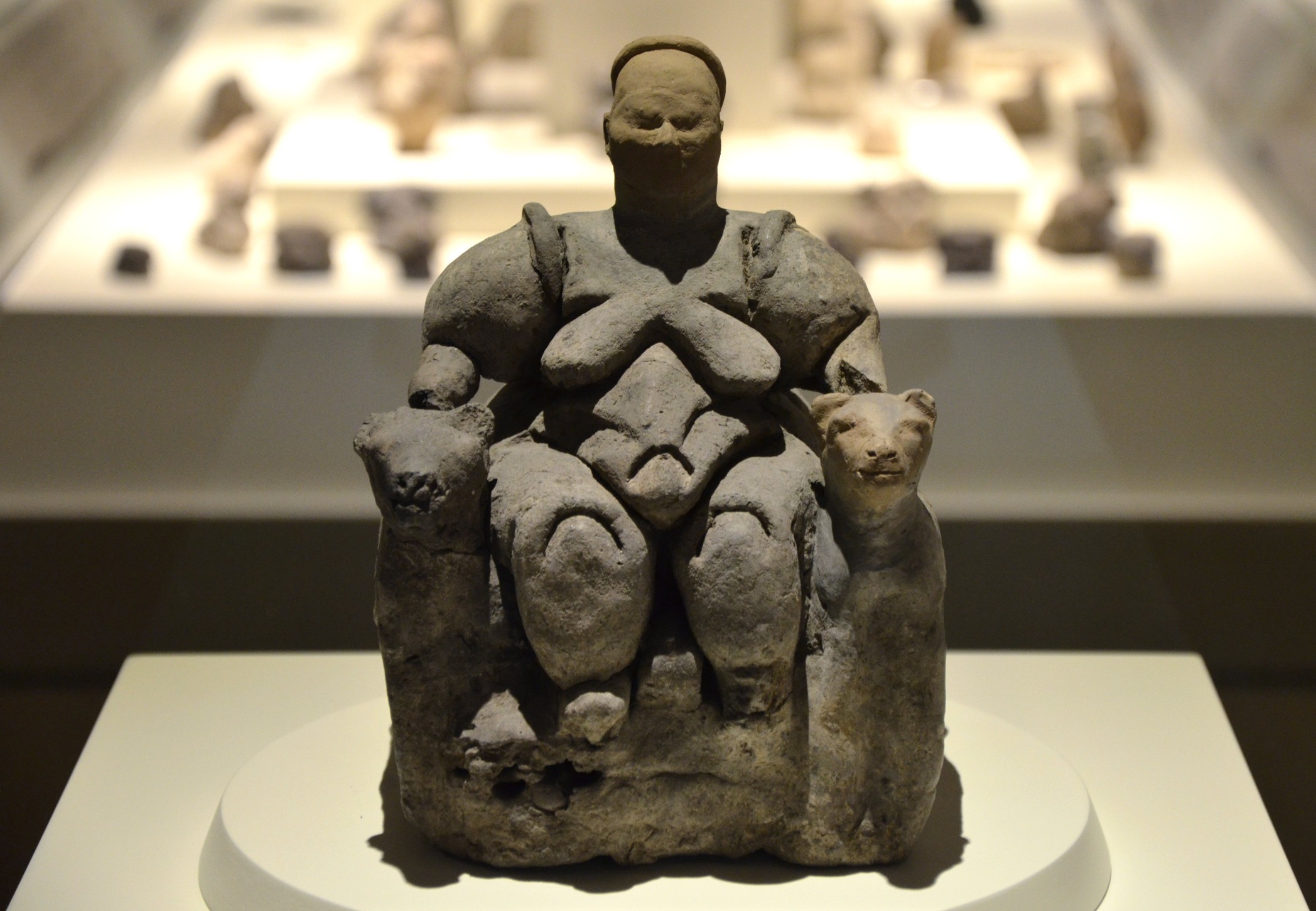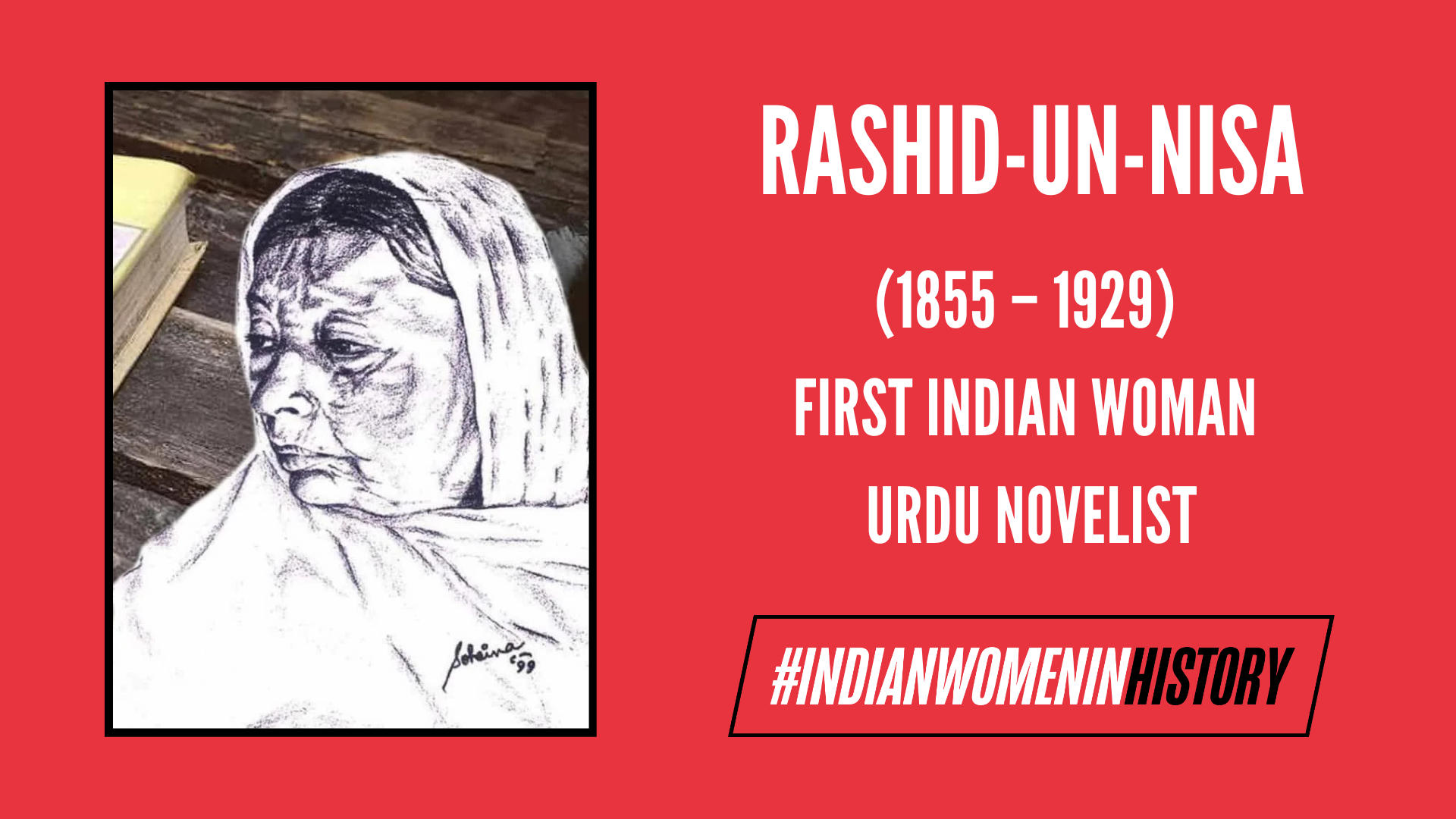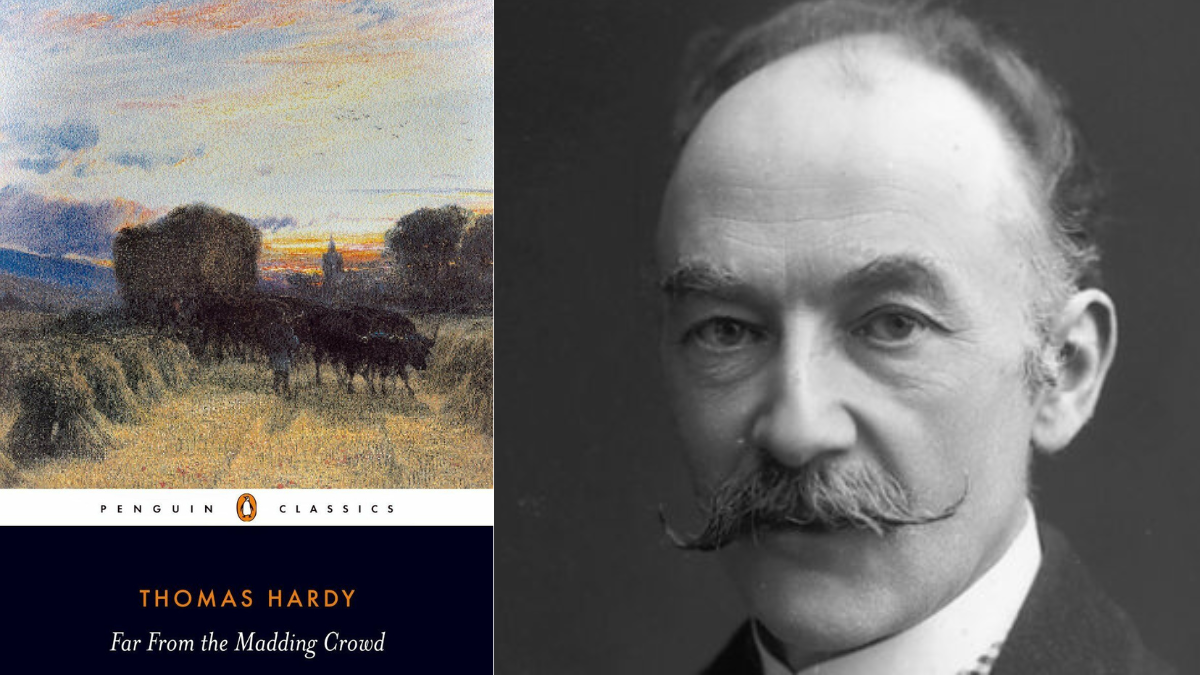In a dimly lit corner of Vienna’s Naturhistorisches Museum, there exists a limestone figure, which is just four inches tall, resting in a glass case. She has no face, only curves, but a very loud presence. The Venus of Willendorf was carved around 25,000 years ago and later discovered by Josef Szombathy near the Danube River. The very word Venus comes from a projection where male archaeologists saw her only as a fertility fetish and nothing more. This interpretation of prehistory we see is less of a reflection of her origins and more so of the archaeologists who projected their fantasies onto her body.
In 2022, researchers traced the stone used to make the figurine to Northern Italy, which revealed to us that she had traveled a great distance before she ended up in Austria. This fact alone challenges old beliefs that she was not simply a local idol but of much greater significance.
But maybe she was not a fetish at all. The repeated symbols we find in prehistory could have been a part of a much more organised system that might have been used to record kinship, rituals, and cycles of time. However, such ideas have been dismissed as imagination rather than evidence for many years.
Symbolic systems before writing
In caves from Spain to Russia, ice age artists have painted animals like bison, mammoths, and horses. Other markings like spirals, dots, ladders, and cross-hatches can also be found alongside these paintings.
In grad school, Canadian paleoanthropologist Genevieve von Petzingerstarted tracking down patterns in Ice Age caves. After analysing over 200 sites, she identified 32 symbols that kept showing up and repeating over a span of 30,000 years. Von Petzinger has pointed out that these signs were not random. As she explains, ‘For there to be this much continuity between sites, I realized that our ancient ancestors had to have a system in place‘. In India as well, Bhimbetka rock shelters show paintings from prehistory where women appear in hunting activities as well as domestic roles. This suggests that symbolic words were not only shaped by women, even before the alphabet existed.
This hints at an early symbol of systems that was used to transmute knowledge without speech. The way they repeat matters as it reveals to us that it was strong enough to survive generations.
Dominant archaeological narratives have long appreciated the monumental, such as forts, weapons, and the naming of rulers, while ignoring the repeated patterns. From a feminist lens, this repetition does not appear to be random at all. It seems like care where people recorded memory, connection, and their lives. To call these markings primitive misses the point, as the pattern itself is a technology of survival.
Tracing matrilineal culture through material evidence
If caves tell one story, the houses reveal another. Çatalhöyük, which is a 9000-year-old site in Turkey, reveals a different side of early life. Excavations here reveal how people painted their walls and buried their dead under floors. They kept figurines near the hearth, ovens, and grain bins.
The most famous figurine is that of a seated woman found in a grain store that is often linked with Marija Gimbutas’s idea of a Goddess-based Old European culture.
The most famous figurine is that of a seated woman found in a grain store that is often linked with Marija Gimbutas’s idea of a Goddess-based Old European culture. In her book The Language of the Goddess, she sees figurines as a matrilineal evidence of renewal rather than fertility charms. As she put it, ‘There is no traces of a father figure in any of the Paleolithic periods. The life-creating power seems to have been of the Great Goddess alone.’
Archaeologist Ian Hodder, who has conducted excavations at Çatalhöyük for over two decades, has emphasised caution. His team points out that many figurines were animals or broken pieces found in refuse. This suggests that ritual was part of daily life instead of being focused on one “Mother Goddess”. Instead of some distant goddess, rituals may have been part of everyday life during prehistory, like sharing meals, storing food, and caring for family. The sacred here was not separate from life but a part of it, and later dismissed as “women’s work”.
Whatever one thinks of Gimbutas, these findings make one thing clear that rituals and symbols were part of the domestic sphere and not just temples. What was seen as minor held sacred meaning.
Patriarchal rewriting of prehistory
For most of the 19th and 20th centuries, architecture was shaped by what elite European men cared about: conquest and big monuments. The fragile and domestic rarely entered the record. In 1984, Margaret Conkey and Janet Spector published their landmark essay Archaeology and the Study of Gender. They argued that ideas about who made prehistoric art: men, Hunters, and shamans, came less from evidence and more from projection. Cave paintings were seen as male ritual, while figurines were seen as female fertility. In both cases, women were not recognised as markers of meaning and were dismissed. Gender, they said, was “rendered invisible.”
Later work on textiles strengthened this critique. Anthropologist Elizabeth Wayland Barber has mentioned that what was likely crucial to prehistoric life rarely has survived in the archaeological record. The result is a systemic undervaluing of women’s contributions simply because their materials did not survive.
The point here is not to romanticise but to recognise how preservation and disciplinary bias shaped the limited story of prehistory we like to tell.
Reading the unwritten
So, how do we make sense of something that was never written down? Feminist anthropology suggests looking at repetition, placement, and practice rather than searching for one single answer.
Marija Gimbutas remains controversial as her sweeping goddess narrative is seen as speculative by many. Yet her work opened space to ask questions that might not have been asked otherwise.
Marija Gimbutas remains controversial as her sweeping goddess narrative is seen as speculative by many. Yet her work opened space to ask questions that might not have been asked otherwise. Today, scholars take her insights and Hodder’s caution to build a more balanced and nuanced view that symbolic words existed, but they can not be reduced to one matriarchal myth.
The middle ground is important as it neither romanticises the past and prehistory nor dismisses symbolic labour. What emerges instead is a picture of knowledge systems outside of alphabets and empires. It shows us the knowledge that was central to survival and identity, even if it did not leave any written record.
Back in Vienna, many pause at the glass to see the Venus of Willendorf. We can not know what she meant to those who carved her. But we know she was important enough to be kept and reburied. She has carried centuries of projections onto her, such as a fertility fetish, a mother goddess, or simply a curiosity. Yet all of this reflects our imagination than her reality.
Perhaps the most radical act here is to not impose certainty but to widen what counts as history for us. To recognise spirals, figurines, textiles, and hearths as a form of memory from prehistory. To see women not just as symbols but as makers of symbols.
Whether in Austria, Turkey, or the caves of Bhimbetka, these figures and markings refuse silence and ask us to listen beyond the empire of alphabet. Venus of Willendorf does not speak in alphabets but in curves, spirals, and presence. The question now is whether we will finally listen on her terms.
About the author(s)
Juhi Sanduja is an Editorial Intern at Feminism In India (FII). She is passionate about intersectional feminism, with a keen interest in documenting resistance, feminist histories, and questions of identity. She previously interned at the Centre of Policy Research and Governance (CPRG), Delhi, as a Research Intern. Currently studying English Literature and French, she is particularly interested in how feminist thought can inform public policy and drive social change.









